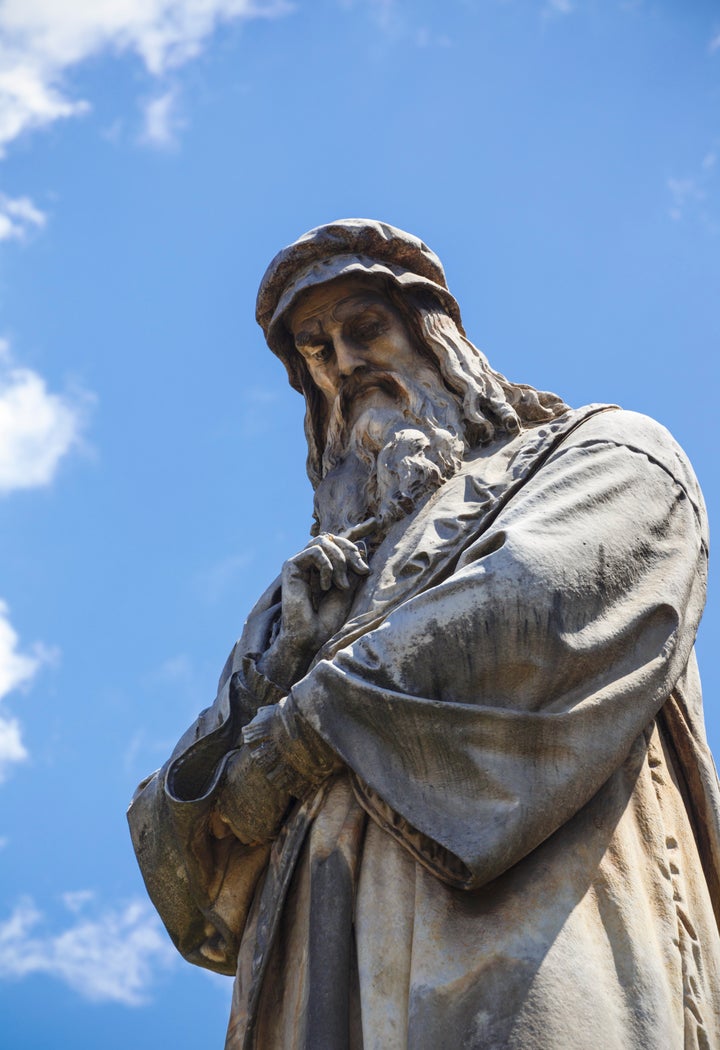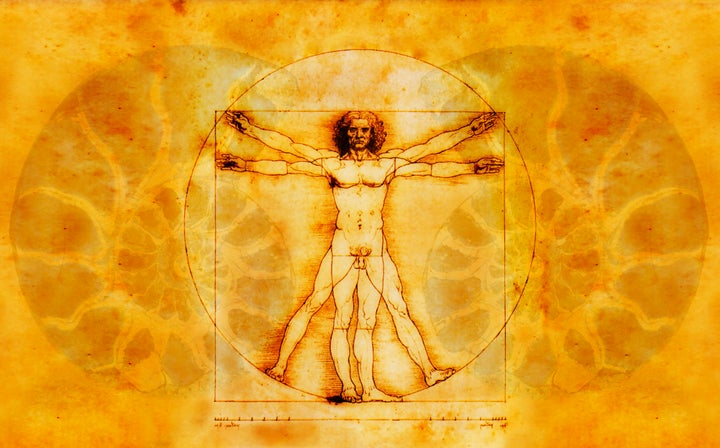Experts embarking on a major project to investigate the genius of Leonardo da Vinci hope to extract DNA from the Renaissance Man's fingerprints.
An international team including scientists and historians will analyse evidence from paintings, drawings and notebooks touched by the famous Italian polymath.
The researchers are also seeking permission to look for DNA traces in dust from the painting Adoration of the Magi, currently undergoing restoration in Florence.

Any genetic material obtained and sequenced will be compared with DNA from da Vinci's living and dead relatives, as well as skeletal or other remains that might be discovered in the future.
Born just outside Florence on April 15 1452, Leonardo da Vinci possessed an incandescent natural genius that encompassed art, engineering, architecture and biology.
Two of his paintings, Mona Lisa and The Last Supper, are possibly the most famous and admired works of art in the world.
His notebooks contained detailed designs for inventions that were centuries ahead of his time, including a bicycle, parachute, helicopter, military tank and paddle-boat.

Scientists from the J Craig Venter Institute in the US and the University of Florence are currently examining privately owned paintings from da Vinci's era to develop techniques for DNA extraction and analysis.
Other institutions participating in the Leonardo Project include the Institut de Paleontologie Humaine in Paris, France, The Rockefeller University in New York City and the Laboratory of Genetic Identification at the University of Grenada, Spain.
This week the participating experts met at the headquarters of the Tuscan Regional Council in Florence.
Eugenio Giani, president of the Regional Council, said: "Scientifically, the chance to create, through new research and technology, a new vision of the life of Leonardo starting from a study of DNA is very important."
A key aspect of the project will be trying to solve the mystery of the final resting place of da Vinci, who died in 1519.
The scientists hope to test the authenticity of Leonardo's "presumed remains" beneath the stone floor of the chapel of Saint-Hubert at the Chateau d'Amboise in France.
There are parallels with the identification of King Richard III's remains after they were exhumed from beneath a Leicester car park. The last Plantagenet King of England was born in the same year as da Vinci.
As in the case of King Richard, it may be possible to reconstruct the face of Leonardo from models of his skull.
The experts, whose plans are outlined in the journal Human Evolution, also hope to gain insights into da Vinci's diet, state of health, personal habits, and places of residence.
Their aim is to finish the work in 2019, to mark the 500th anniversary of da Vinci's death.
Brunetto Chiarelli, from the International Institute for Humankind Studies at the University of Florence, who is the editor of Human Evolution, said: "Matching Leonardo's DNA to that of his family presents puzzles that are minutely specific to their history and circumstances, but the tools the investigators use are generic and broadly applicable.
"We stand to gain not only greater historical knowledge of Leonardo but possibly a reconstruction of his genetic profile, which could provide insights into other individuals with remarkable qualities."